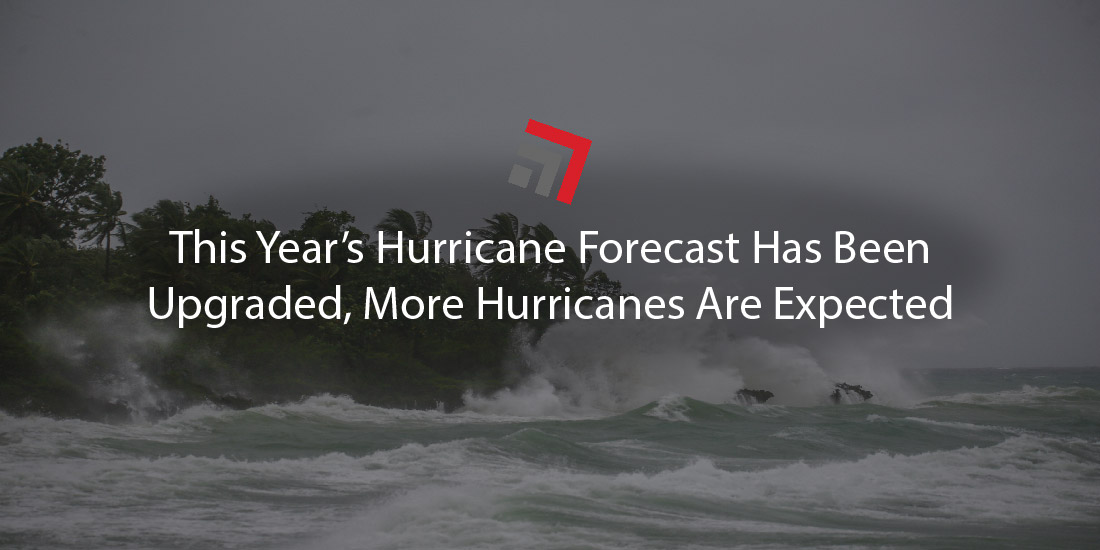Government meteorologists at the NOAA’s Climate Prediction Center have upgraded their initial predictions on the 2023 Atlantic hurricane season. They’re expecting more storms.
Increased chance of “above-normal” activity
Back in late May, a week ahead of the June 1 start of hurricane season, forecasters anticipated a “near-normal” level of activity on the Atlantic Ocean.
That relatively mild outlook came as reassuring news after an active 2022 hurricane season, headlined by Hurricane Ian.
However, a couple months into the season, the Climate Prediction Center—a division of the National Weather Service—has increased its prediction to an “above-normal” level of hurricane activity.
A delayed El Niño and warmer waters trigger higher hurricane probability
Forecasters attribute current ocean and atmospheric conditions, such as record-warm surface temperatures on the Atlantic, as the reason for spicing up the likelihood of these powerful storms.
El Niño, an irregular weather phenomenon that naturally warms the central Pacific and influences worldwide weather patterns, was expected to reduce Atlantic storm activity this year.
However, the climate pattern’s typical effects in the Gulf of Mexico and Atlantic have not arrived yet. While it’s strongly felt in the Pacific right now, El Niño’s delayed power over these other bodies of water has left the door open for a stronger, more active, hurricane season.
With the absence of neutralizing effects, the Atlantic is simmering in hot water which is fuel for hurricanes.
This dynamic has already been on display this year. So far, four named storms have raged across the Atlantic: Arlene, Bret, Cindy, and Don.
“Normal” levels of activity suggest there would be only two by this point. This was another factor forecasters considered when upgrading their prediction.
Two to five major hurricanes are now predicted
NOAA forecasters have increased the likelihood of an “above-normal” Atlantic season to 60 percent (from the 30 percent initially predicted in May).
Conversely, “near-normal” activity was downgraded from a 40 percent chance to a 25 percent one.
Overall, NOAA updated prediction for 2023—which covers the entire hurricane season from June 1 to November 30—calls for 14 to 21 named storms, six to 11 of which could become hurricanes. Of those potential hurricanes, two to five of them could become major hurricanes.
Named storms are categorized as having sustained wind speeds of 39 mph or greater. To be designated as a hurricane, storms must have wind speeds of 74 mph, while a major hurricane must meet speeds of 111 mph or greater.
Final Thoughts
NOAA’s outlook is not intended to be a forecast of landfalls, just overall season activity. Nonetheless, increased tropical activity in the Atlantic by proxy raises the likelihood of more hurricanes hitting the Gulf and East coasts.
When these powerful storm systems do breech coastlines, professional truck drivers within the storm’s path are in immediate danger. Please refer to our recent blog for a refresher on trucking safety when negotiating these natural disasters.
Please contact us if you have any questions regarding this topic or any others in domestic logistics. In addition, stay up to date with weekly headlines from both trucking and rail via our Road Map newsletter.
More blogs similar to this:



Recent Comments